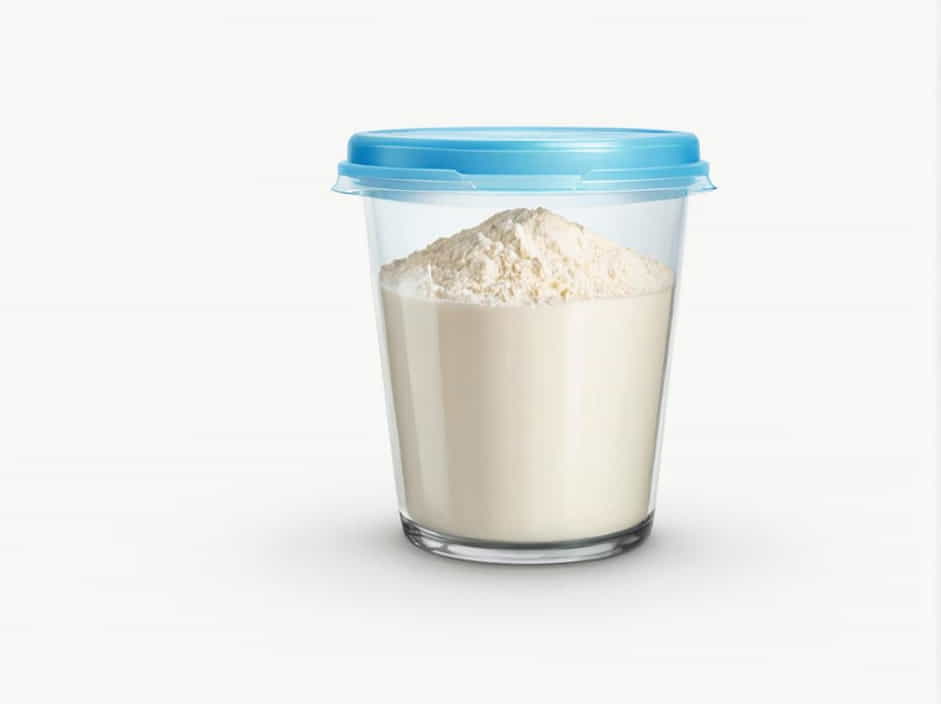Self-raising flour is a key ingredient in many baking recipes, from cakes and biscuits to pancakes and scones. However, if you don’t have it on hand, you can easily make your own with just two simple ingredients.
In this guide, you’ll learn how to make self-raising flour at home, the best flour to use, and why this method works. With the right ratio, you can create self-raising flour that works just as well as store-bought versions.
What is Self-Raising Flour?
Self-raising flour is a combination of all-purpose flour and a leavening agent—typically baking powder. The leavening agent helps baked goods rise without the need for additional baking powder or baking soda.
It’s commonly used in:
✔ Cakes and cupcakes
✔ Biscuits and scones
✔ Pancakes and waffles
✔ Certain bread recipes
Ingredients for Homemade Self-Raising Flour
To make self-raising flour, you only need two ingredients:
- 1 cup (120g) all-purpose flour
- 1 ½ teaspoons baking powder
Optional: ¼ teaspoon salt (for better flavor, but not necessary).
How to Make Self-Raising Flour
Step 1: Measure the Ingredients
Use a measuring cup to scoop one cup of all-purpose flour and level it off.
Step 2: Add Baking Powder
For every 1 cup of flour, add 1 ½ teaspoons of baking powder.
Step 3: Mix Well
Use a whisk or a spoon to thoroughly mix the baking powder into the flour. This ensures an even distribution, so your baked goods rise properly.
Step 4: Store for Later Use
If you want to make extra, store your homemade self-raising flour in an airtight container in a cool, dry place for up to 3 months.
Why This Method Works
The secret to self-raising flour lies in the baking powder. Baking powder is a leavening agent that reacts with liquid and heat to create bubbles, making baked goods light and fluffy.
Using the right amount ensures proper rising without making the batter too dense or too airy.
Tips for the Best Homemade Self-Raising Flour
✔ Use Fresh Baking Powder – Baking powder loses potency over time. If it’s more than 6 months old, replace it for the best results.
✔ Sift the Mixture – This helps distribute the baking powder evenly and removes any lumps.
✔ Adjust for Different Recipes – Some recipes may call for extra baking powder, so check before making substitutions.
✔ Don’t Confuse with Baking Soda – Baking soda is stronger than baking powder and needs an acid to activate, while baking powder already contains an acid.
Self-Raising Flour vs. All-Purpose Flour
| Feature | Self-Raising Flour | All-Purpose Flour |
|---|---|---|
| Contains Baking Powder | Yes | No |
| Used for Cakes & Biscuits | Yes | Needs Baking Powder |
| Can Be Substituted | Yes (with added baking powder) | Yes (for yeast-based recipes) |
Common Substitutions for Self-Raising Flour
If you run out of self-raising flour, try these alternatives:
- For 1 cup self-raising flour: Use 1 cup all-purpose flour + 1 ½ teaspoons baking powder.
- For a lighter texture: Add ¼ teaspoon salt for better flavor.
- For gluten-free baking: Use gluten-free all-purpose flour + baking powder in the same ratio.
Best Uses for Homemade Self-Raising Flour
Self-raising flour works best in quick breads and baked goods that don’t use yeast. Some of the best recipes include:
✔ Fluffy Pancakes – Light and airy pancakes with no extra baking powder needed.
✔ Soft Biscuits – Tender and flaky biscuits that rise perfectly.
✔ Moist Cakes – Ideal for sponge cakes and cupcakes.
✔ Golden Waffles – Crispy on the outside, soft on the inside.
Making self-raising flour at home is quick, easy, and budget-friendly. With just all-purpose flour and baking powder, you can create a perfect substitute in minutes. Whether you’re baking a cake, biscuits, or pancakes, this homemade version ensures light, fluffy, and delicious results every time. Try it today and enjoy hassle-free baking!
